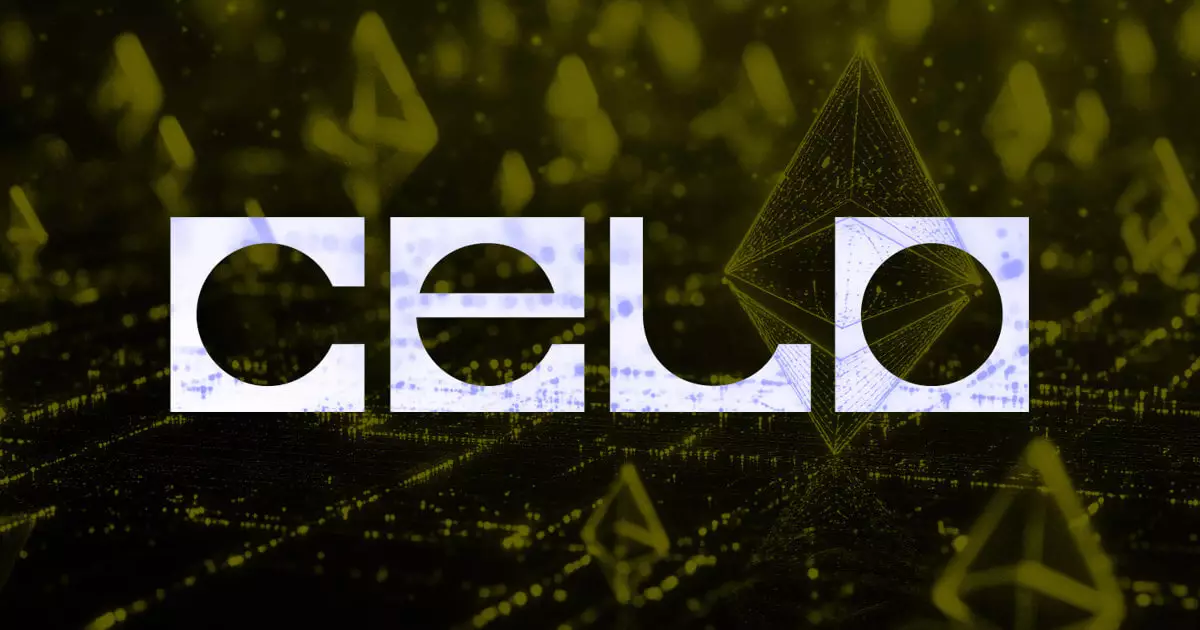Celo, a prominent Layer-1 blockchain, is navigating turbulent waters as it prepares to migrate to an Ethereum Layer-2 network within the Optimism Superchain ecosystem. Recent developments have triggered a notable decline in its native token, CELO, which plummeted by 5% amid the backdrop of mixed community responses and significant exchange decisions. On November 27, Coinbase, the leading cryptocurrency exchange in the US, publicly declared that it would not facilitate this migration, disrupting investor confidence and creating uncertainty about the network’s future.
The response from the crypto community to Coinbase’s announcement has been largely critical, reflecting a shared sentiment of disappointment and concern. Celo’s CEO Marek Olszewski did not mince words in expressing his discontent, questioning whether such a decision might deter other Ethereum Virtual Machine (EVM)-compatible Layer-1 projects from considering similar transitions. This skepticism highlights an important underlying issue within the ecosystem: the role of major exchanges in shaping the trajectory of emerging blockchain projects. In contrast, Kraken’s co-founder Andrew Koller voiced his exchange’s commitment, stating they are eager to support the migration and explore opportunities to enhance user experience for Celo holders.
In an effort to adapt to the changing landscape, Olszewski proposed an intriguing strategic pivot: renaming the existing Layer-1 chain to “Celo Gold (CGLD).” This suggestion was aimed at aligning with Coinbase’s existing support framework and potentially easing future adoption as the network transitions to Layer-2. The attempt to navigate the issue by rebranding illustrates a proactive approach, revealing the need for innovative solutions as the blockchain landscape evolves and becomes increasingly sophisticated.
The complexities of exchange partnerships have been underscored by various industry leaders, including EigenLayer founder Sreeram Kannan, who speculated that Coinbase’s decision may be more of an oversite rather than an opposition to Celo’s ambitions. Kannan’s optimism regarding Coinbase’s potential change of heart indicates a belief in the symbiotic relationship that could flourish between established exchanges and emerging blockchain technologies. The prospect of enhancing support for Celo as it becomes integrated into the OP Stack presents a tantalizing opportunity that might not only benefit Celo but also reinforce Coinbase’s positioning in the competitive landscape of crypto exchanges.
Conversely, insights from Nass Eddequiouaq, CEO of a16z-backed startup Bastion, shed light on the regulatory challenges and operational complexities that exchanges face when adopting support for new chains, particularly in the US. These barriers can significantly impact decision-making and prioritization, leading to hesitations or outright refusals to embrace innovation. As the industry grapples with evolving regulations, it becomes critical for both blockchain networks and exchanges to establish clearer communication and collaboration channels, ensuring that strategic transitions can occur without disruption.
Celo stands at a crossroads, as its transition to an Ethereum Layer-2 network carries both significant risks and opportunities. While the current discord with Coinbase has dampened sentiment, the proactive measures being discussed could lay the groundwork for a resilient future. The unfolding narrative of Celo’s journey serves as a snapshot of the wider challenges and dynamics within the cryptocurrency space, highlighting the importance of interoperability, exchange support, and regulatory consideration in the ever-evolving blockchain landscape. As Celo seeks to chart its course, how it navigates these waters will be critical to its long-term success and adoption.

